Wondering how to get pregnant? It’s not as simple as it seems! Pregnancy takes several days, and there are lots of steps. Here are the basics of how pregnancy works. To learn more about pregnancy, visit https://www.plannedparenthood.org/learn/pregnancy/how-pregnancy-happens Transcript: Pregnancy is a pretty amazing process — it all starts with sperm and an egg. Sperm are tiny, microscopic cells that are made in testicles. Sperm cells mix with other fluids to make semen, which spurts out of your penis when you ejaculate. Eggs live in ovaries, and the hormones that control your menstrual cycle cause eggs to mature every month. These hormones also make the lining of your uterus thick and spongy, to prepare for a possible pregnancy. Every month, one mature egg leaves your ovary — this is called ovulation. That egg travels through your fallopian tube, which takes about 12-24 hours. If semen gets into your vagina, sperm can swim up through your cervix, uterus, and fallopian tubes, searching for an egg. Sperm cells can live in your body for up to 6 days waiting for an egg to show up. Millions of sperm come out during each ejaculation — but it only takes 1 sperm to meet with an egg, which can lead to pregnancy. When a sperm cell joins with an egg, it’s called fertilization. After that happens, the fertilized egg begins to divide into more and more cells and moves towards your uterus. The ball of cells gets to your uterus about 3–4 days after fertilization, where it can float around for another few days. If the ball of cells attaches to the spongy uterine lining, pregnancy officially begins — this is called implantation. It usually takes around 3-4 days to finish implanting. Up to half of all fertilized eggs naturally don’t implant — they pass out of your body during your period. When the ball of cells implants into your uterine lining, your body starts making pregnancy hormones. These hormones keep your uterine lining in place so it can nourish the pregnancy — that’s why you don’t get your period when you’re pregnant. But if sperm and egg don’t meet up, or a fertilized egg doesn’t implant into your uterus, the lining isn’t needed, and it flows out of your vagina. That’s your period. So it actually takes a lot of steps for pregnancy to happen, and up to 2-3 weeks.
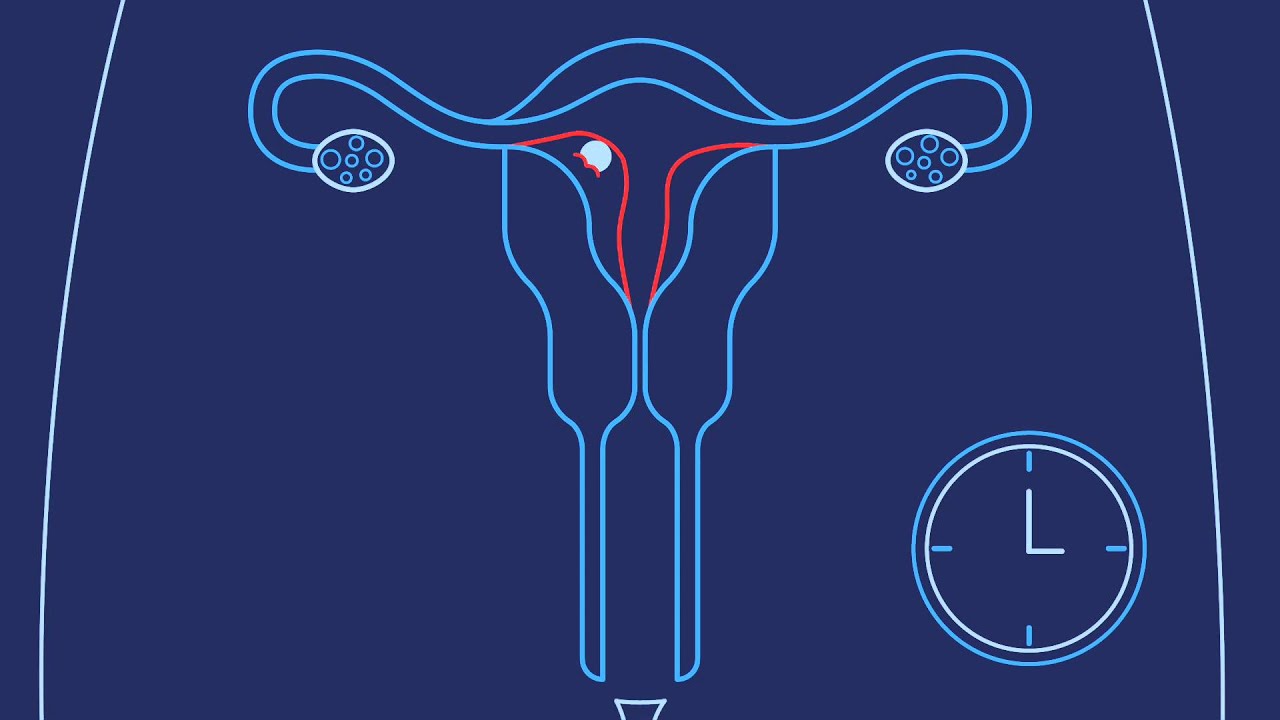
How Do You Get Pregnant? | Planned Parenthood Video
- Post author:
- Post published:May 5, 2021
- Post category:Uncategorized
- Post comments:0 Comments
You Might Also Like

Anabolic Steroids – History, Definition, Use & Abuse Video – 9

Sugar Free, Low Sugar Video – 10

Addiction Psychiatry Video – 3
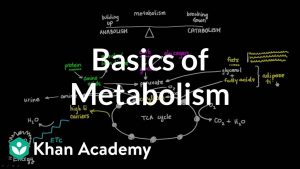
Basics of Metabolism

Is Using Viagra Cialis or Levitra for Erectile Dysfunction Safe

Spa History Video – 1
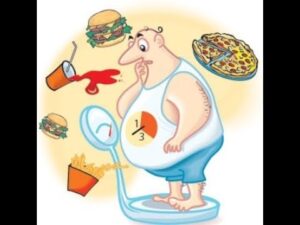
Overweight & Obesity Video – 20
Brain Protective Drugs Alprazolam

DXA technology from GE Healthcare provides high precision and accuracy | GE Healthcare
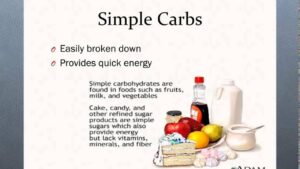
Nutrition Basics

Flexibility and Gymnastics Skills. Flexibility Stretches. Professional contortion. yoga flexibility

Get Ten Times More Benefit from Milk Thistle, Reverse Alcohol Liver Damage and more

Preacher Hammer Curl – Biceps Exercises

Gynecomastia Treatment – Is There Any Medical Treatment?

What to Eat Before Gym and What to Eat After Gym Workout

What is the cause of vomiting and diarrhea ? | Good Health for All

What is liver fibrosis?

The Somatotype Myth: Ectomorph Mesomorph Endomorph

Hepatology Video – 3

Antioxidant Nutrition – Resveratrol Dietary Supplement

Upright Rows – Good or Bad?

How to Shave with Acne and Oily Skin | Men’s Skin Care Tips

Pre Blended Creams Video – 2

What is the difference between saturated & unsaturated fats?
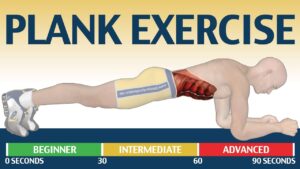
How to Plank

What is ANATOMY? What does ANATOMY mean? ANATOMY meaning, definition & explanation

Dermatology/Skin Surgeries Video – 4

Hyper Extensions

Ebola Virus – Mechanism of Action – 3D Medical Animation

Exercise vs Diet

The Sad Truth About BMI (Body Mass Index) In our Opinion-Worthless

Insane Dumbbell Chest Workout

Erythrocyte Sedimentation Rate explained

Floatation Healing Video – 4

Upright Row-7

“What Happens When I Stop Taking Creatine?”

How Steroids Affect Sperm Count | Infertility

Infectious Disease Video – 1

HOW TO LOSE WEIGHT FAST 10Kg in 10 Days | 900 Calorie Egg Diet By Versatile Vicky
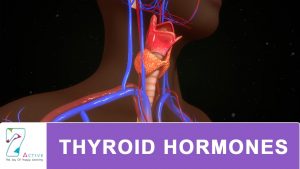
THYROID HORMONES

Donkey Kicks-5

